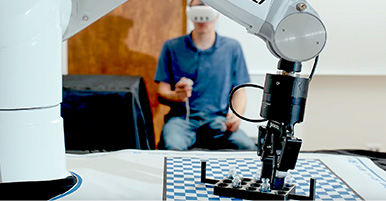Citation
Bronstein J, Carvey P, Chen H, Cory-Slechta D, DiMonte D, Duda J, English P, Goldman S, Grate S, Hansen J, Hoppin J, Jewell S, Kamel F, Koroshetz W, Langston JW, Logroscino G, Nelson L, Ravina B, Rocca W, Ross GW, Schettler T, Schwarzschild M, Scott B, Seegal R, Singleton A, Steenland K, Tanner CM, Van Den Eeden S, Weisskopf M. Meeting report: consensus statement-Parkinson’s disease and the environment: collaborative on health and the environment and Parkinson’s Action Network (CHE PAN) conference 26-28 June 2007. Environ Health Perspect. 2009 Jan;117(1):117-21. doi: 10.1289/ehp.11702. Epub 2008 Aug 26. PMID: 19165397; PMCID: PMC2627854.
Abstract
Background
Parkinson’s disease (PD) is the second most common neurodegenerative disorder. People with PD, their families, scientists, health care providers, and the general public are increasingly interested in identifying environmental contributors to PD risk.
Methods
In June 2007, a multidisciplinary group of experts gathered in Sunnyvale, California, USA, to assess what is known about the contribution of environmental factors to PD.
Results
We describe the conclusions around which they came to consensus with respect to environmental contributors to PD risk. We conclude with a brief summary of research needs.
Conclusions
PD is a complex disorder, and multiple different pathogenic pathways and mechanisms can ultimately lead to PD. Within the individual there are many determinants of PD risk, and within populations, the causes of PD are heterogeneous. Although rare recognized genetic mutations are sufficient to cause PD, these account for < 10% of PD in the U.S. population, and incomplete penetrance suggests that environmental factors may be involved. Indeed, interplay among environmental factors and genetic makeup likely influences the risk of developing PD. There is a need for further understanding of how risk factors interact, and studying PD is likely to increase understanding of other neurodegenerative disorders.
Keywords: cholesterol, coffee, dairy products, diet, dopamine, fatty acids, metals, nonsteroidal anti-inflammatory drugs, Parkinson’s disease, pesticides, polychlorinated biphenyls, smoking, statins, urate


